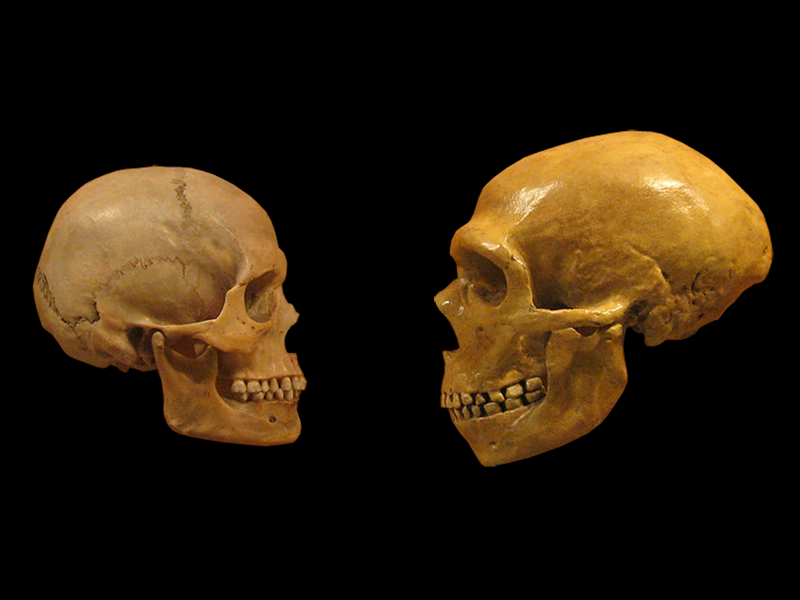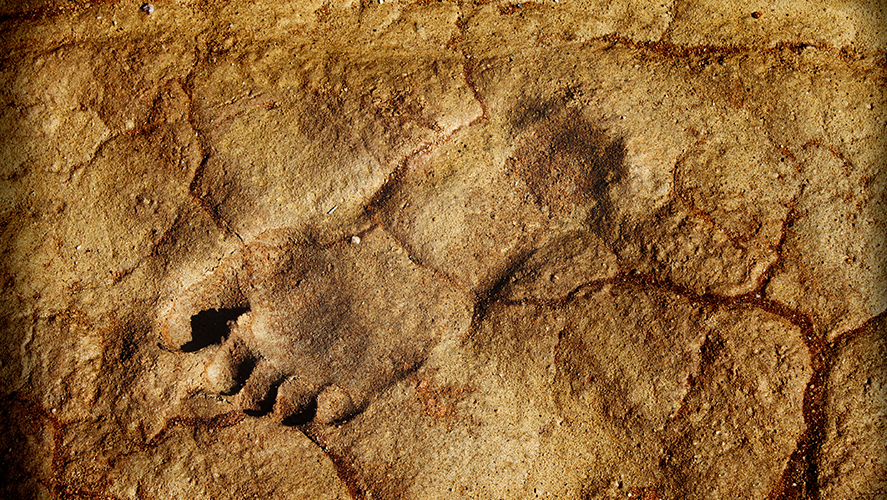
History of Discovery of Eve’s Footprints
Fossils are remains of ancient human bones that are probably still around today. However, not all inventors are able to find these findings easily. Because the age of the earth is too old, plus there are many strong buildings that are getting stronger around the earth. However, this is not too impossible for paleoanthropologists, Professor Lee Roberts Berger of the University of the Witwatersrand in Johannesburg, South Africa and geologist, Professor David Roberts of the Council for Geoscience.
The two had found several skeletons of fossilized footprints named Eve around the coast of Langebaan Lagoon, South Africa in 1995. They have estimated that these bones are human female footprints about 117,000 years ago. Anatomically, they are the oldest air footprints of the modern human era. They also claim that these footprints leave fossils that are quite difficult to find.
They had announced the findings and documented in the “South African Journal of Science” event in August 1997. Both tell that the footprints came from sand dunes that had been hit by rainstorms for years. Its location has been found in southwestern South Africa in the West Coast National Park. The two also found other footprints around the boulder right on the outskirts of Langebaan Lagoon close to Atlantic Beach. Then they preserved the mold before being immortalized at the South African Museum in Cape Town for a concrete replica and refuge on the banks of Langebaan.

Then they identified the footprints in the very early days of the presence of modern Homo Sapiens. It can be interpreted anatomically that the fossil almost resembles humans today. As they noted, the footprint measures 22 cm (8.5 inches) and is almost the same size as modern (American) women’s shoes at 7.5 inches and British while 6 inches. Roberts sees clearly that the heel, arch and big toe appear in one impression of the foot. He also assumed that the paw prints must have belonged to an ancient woman about 1.4 meters (4 feet 11 inches) tall. Then he also mentioned that the footprints were not much different from those of modern-day women in general.
Berger also said that about 3 dozen hominid fossils have been found in the period 100,000 to 200,000 years ago. The footprints were not born from ancient humans, but the first modern women. Furthermore, these footprints originated from blowing dry sand that was buried in heat and rain. In the end, the discovery was buried at a depth of approximately 30 feet (9 meters). The trail is protected from shells and hard sand to become sedimentary rock.

The research team of Berger and Roberts also reinforces the discovery of these footprints that previously these were formed through the use of new tools such as cutting edges, cutting blades, scrapers and cores. They confirm that this happened in the same area and also in the same period. There are also other facts which reveal that the use of ocher was also involved in the erosion of these traces.
Uniquely, they mention that the women of the era around 117,000 years ago used colorful powders. So that all layers of their skin look different from humans today. Some other paleontologists also say that the bones of ancient times appear to be harder.
